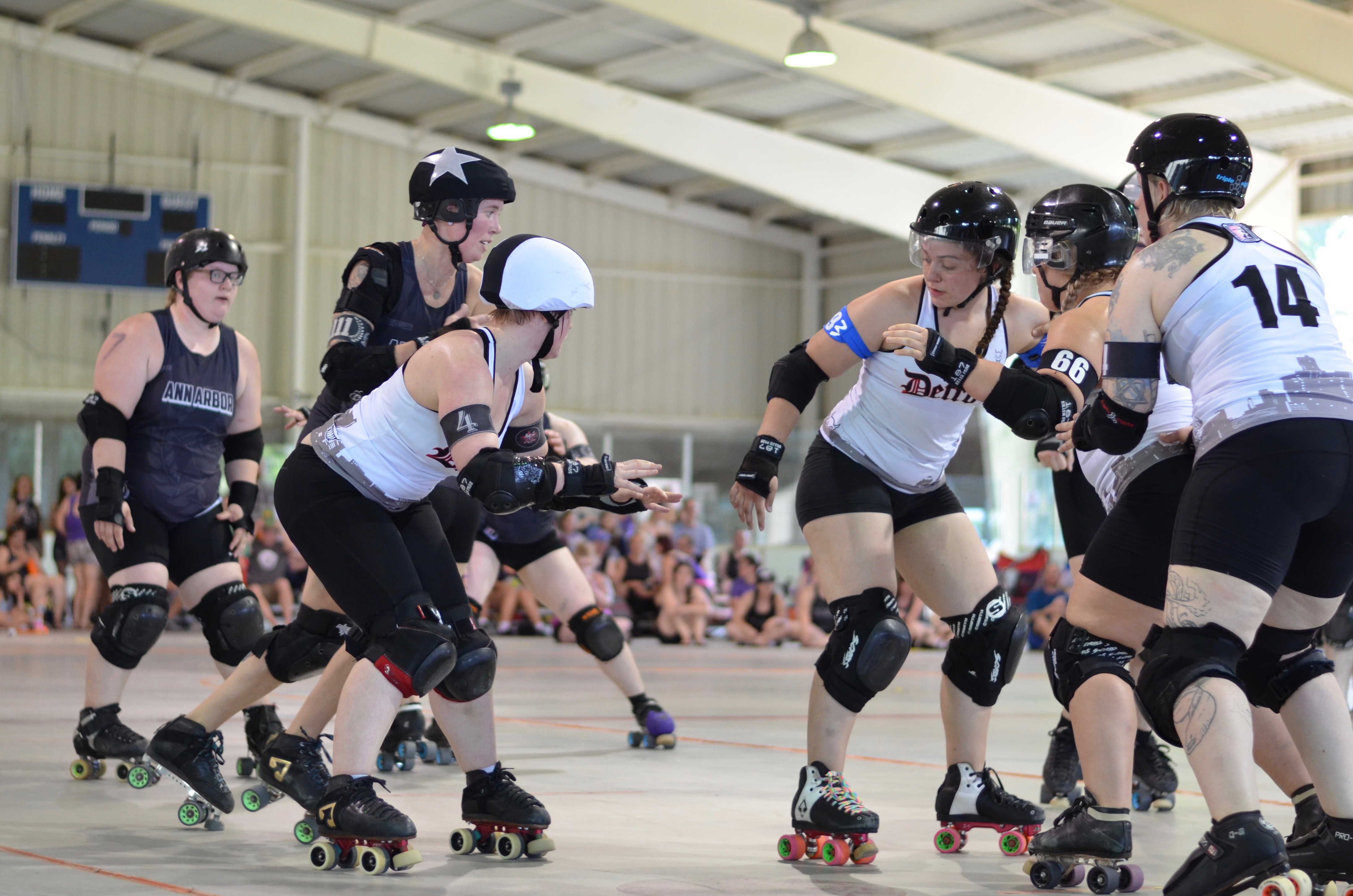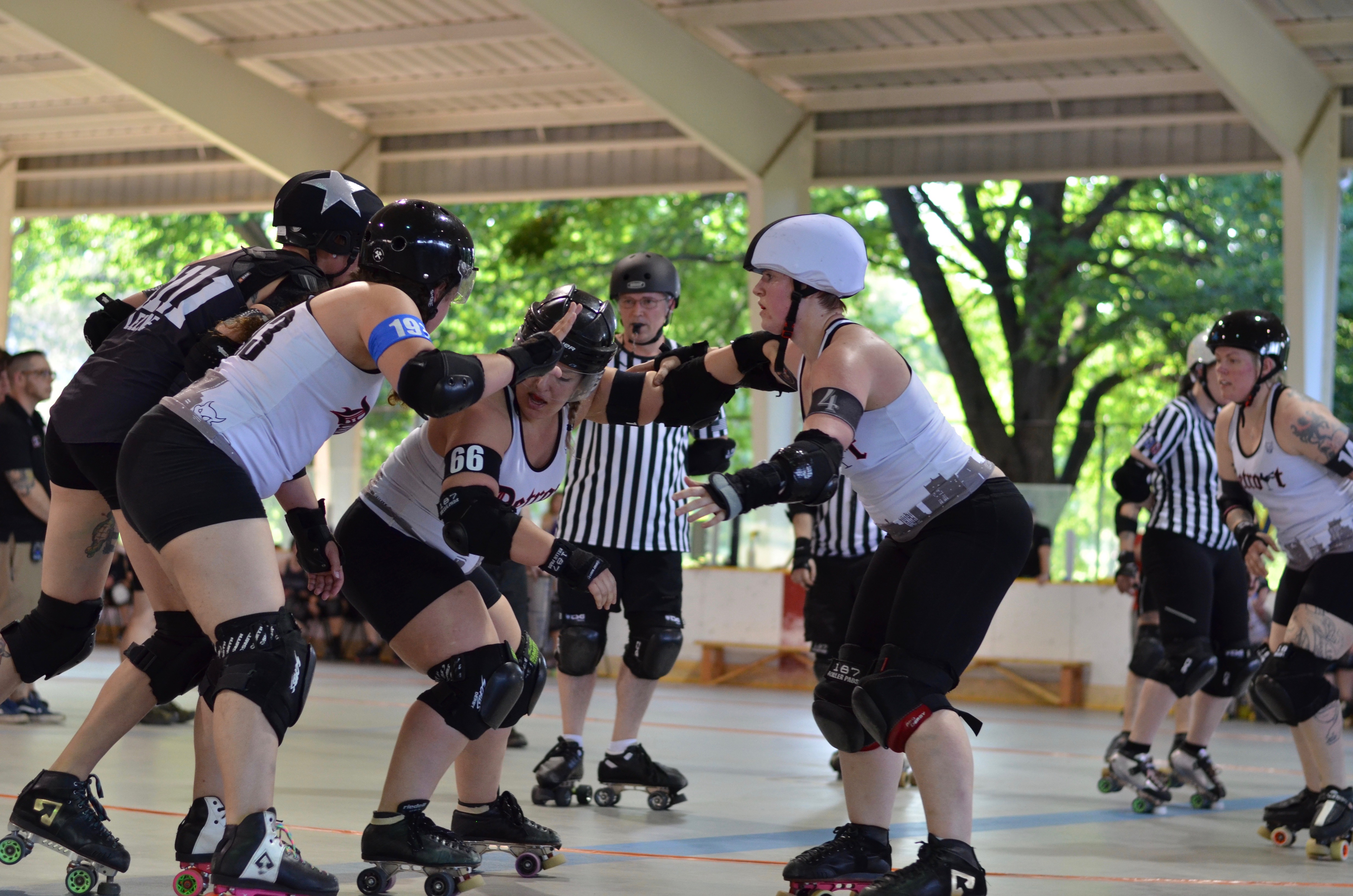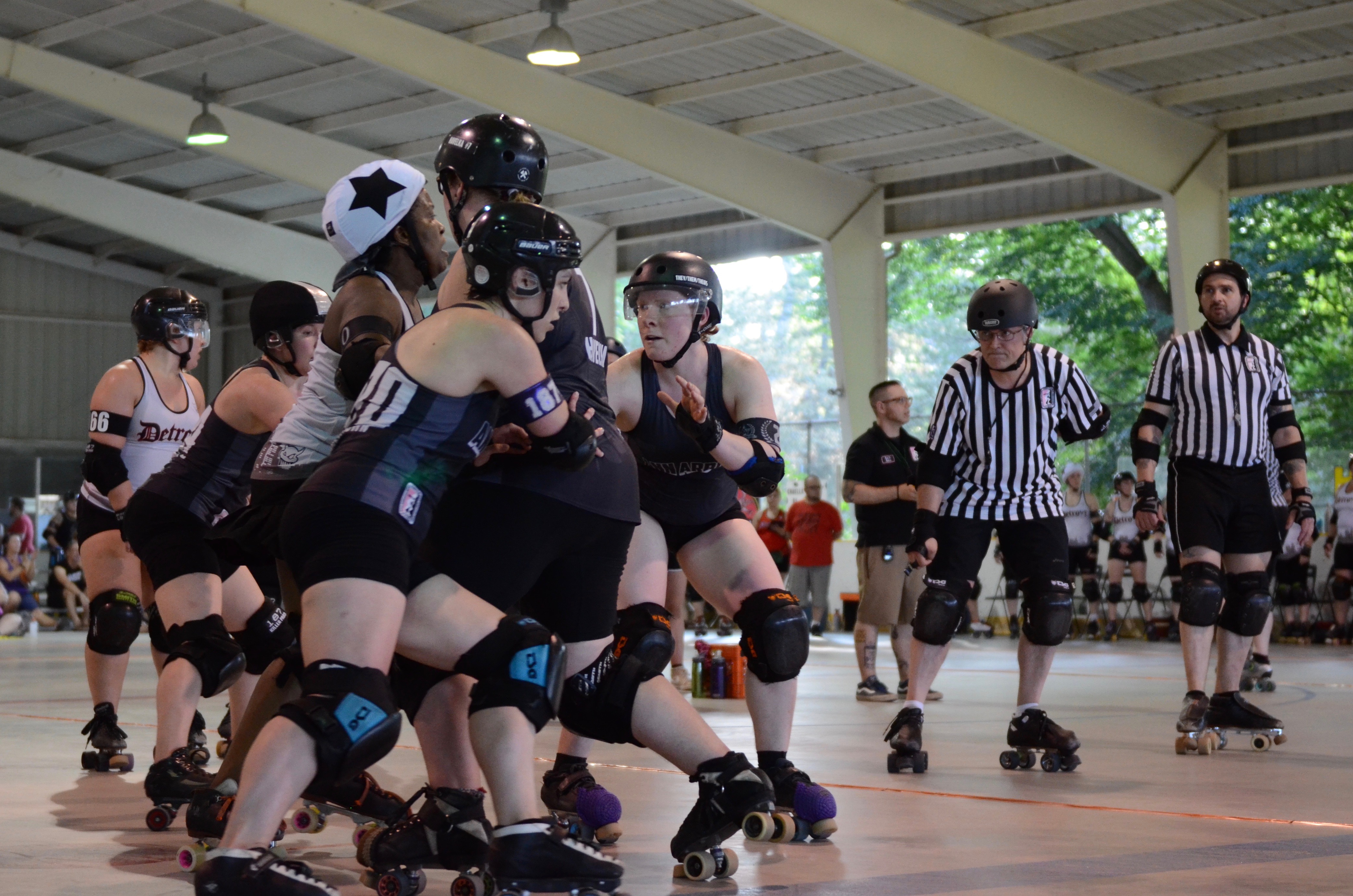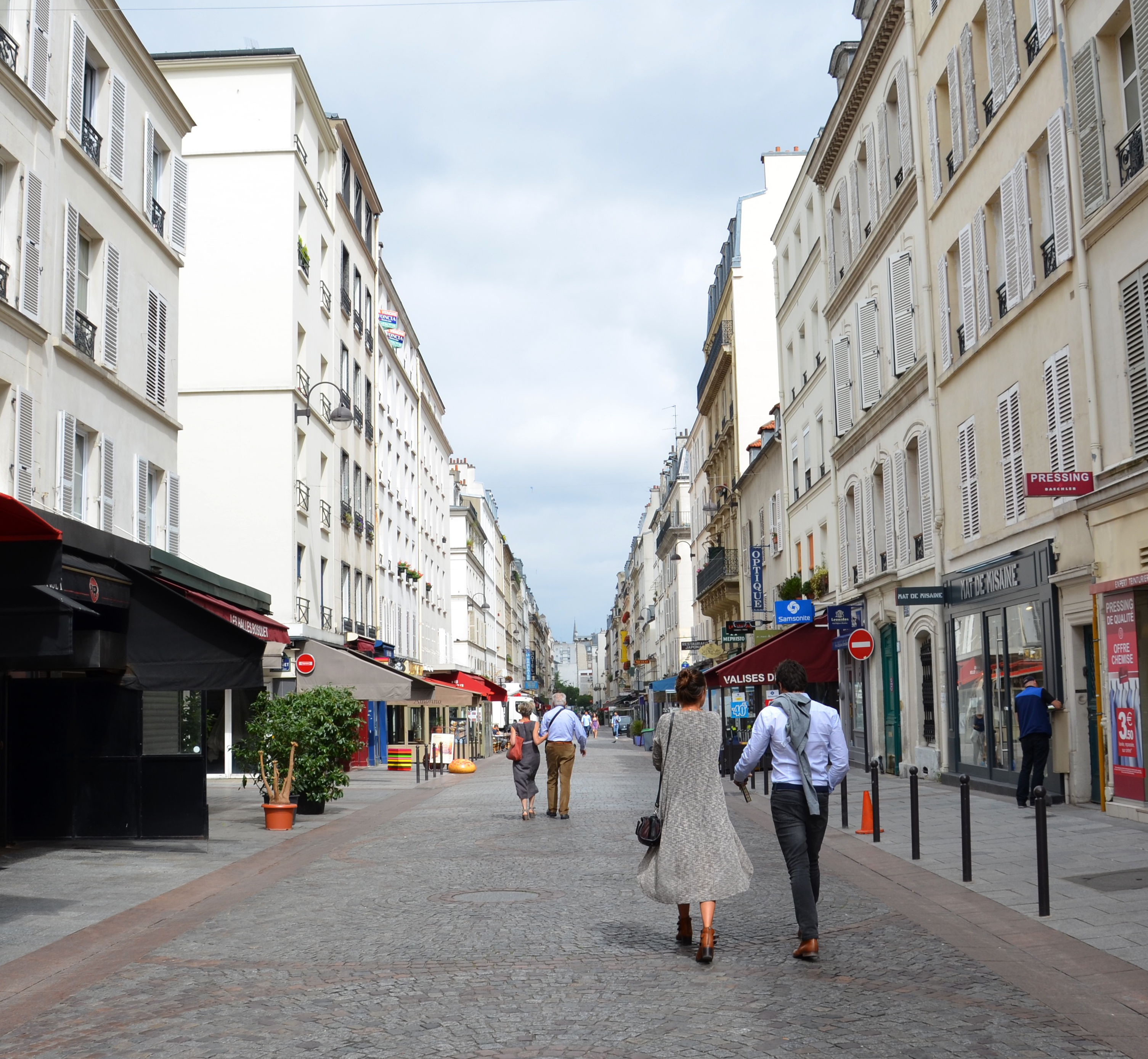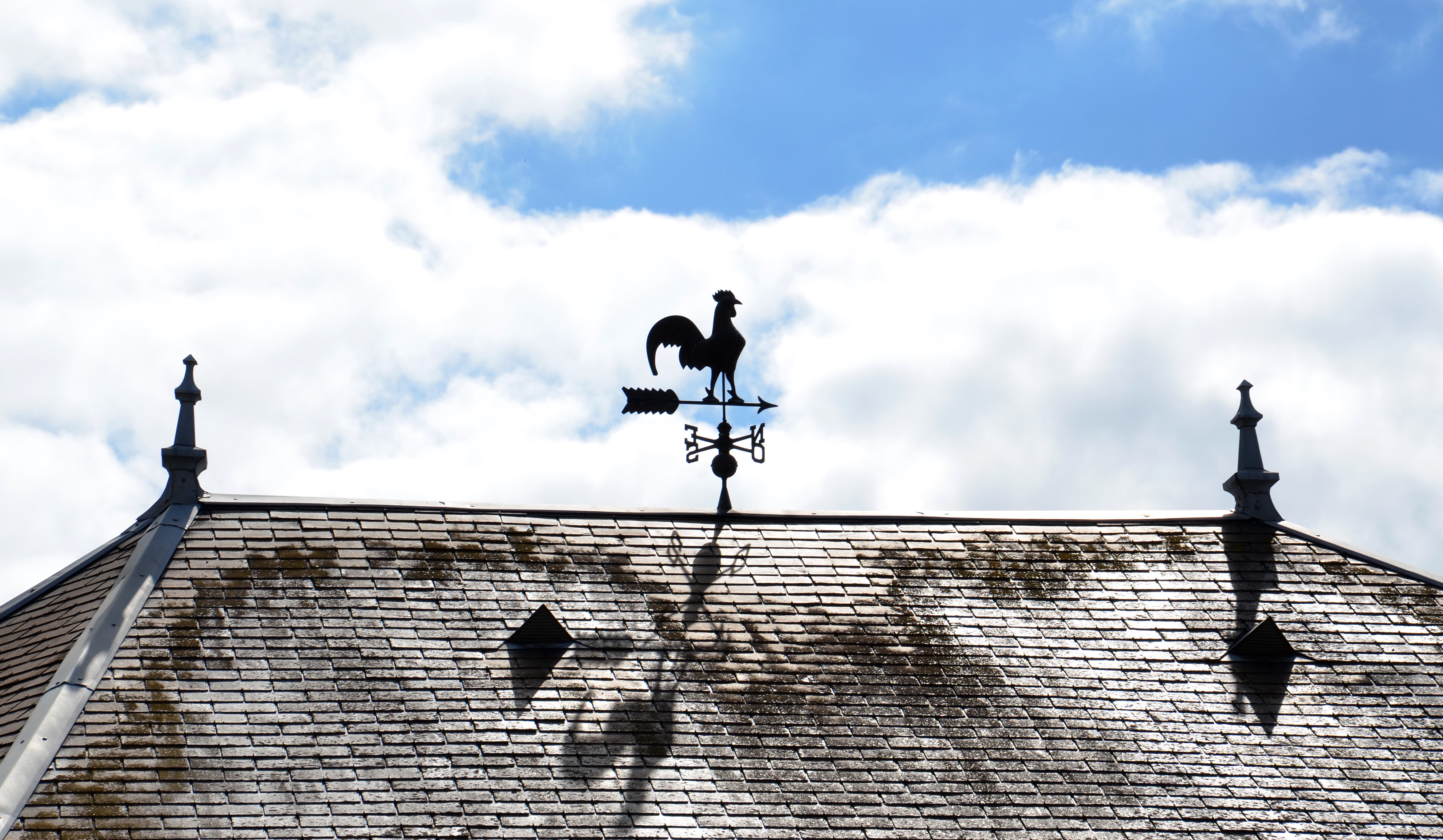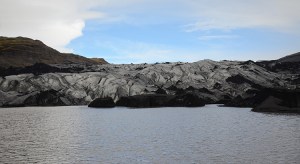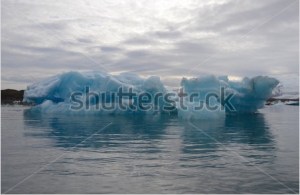Had a great time taking photos at the Ypsilanti Fourth of July parade Wednesday, shooting photos both for stock photo sites and to share with the community. Some things I’m happy I did:
- I got there half an hour before the parade started, tested out some shots, noticed things I wanted to include (such as the water tower) or avoid (flags with photos of Eastern Michigan University students that were on many lamp posts), checked my camera settings…
- Took lots of photos! I love this parade because everyone is so friendly and happy to get their picture taken:

- There’s also lots of space on this block so shots have cleaner backgrounds than in a busy shopping block (though there weren’t as many people in the audience as past years, everyone was protecting themselves in the shade), so you get nice contrasts in the shots without super busy backgrounds:

- I could get close to the action to get some cool shots, such as this one of some of the original Rosie the Riveters, who are working to preserve the history of Willow Run airport where they built all those bombers during WWII:

- I could also help promote organizations such as the library bookmobile, the local thrift shop, and the local National Society of Black Engineers Jr. chapter:

- I posted my best photos of each group on my Susan Montgomery Photos Facebook page to make them accessible to parade participants and spent much of the afternoon contacting them through their websites or Facebook pages so they could access the photos for free, as a courtesy. You can see the ones I submitted to Shutterstock this year and in 2014 here.
Next time I plan to:
- Review the photos from past years and remember that I liked some that showed the top of the water tower in the background (See Shutterstock link) and try to get some shots with that background in addition to those above.
- Move to an area where there are more visible audience members, as in this area many were in the shade protecting themselves from the heat, which took away from the energy of the parade participants.
- Take more shots of some of the groups. In some cases I was not pleased with what I had but moved on too quickly to the next group instead of “traveling” with the group I wasn’t done with and getting another chance at solid photos.
In the meantime, best wishes in YOUR photography adventures.
Susan



